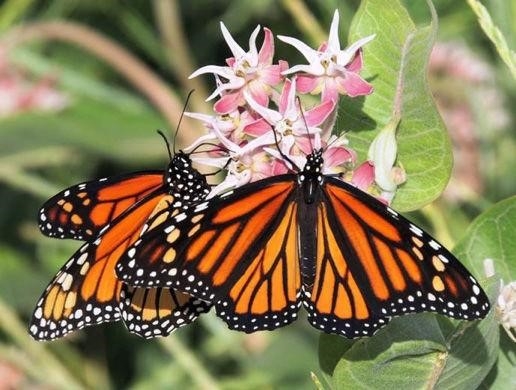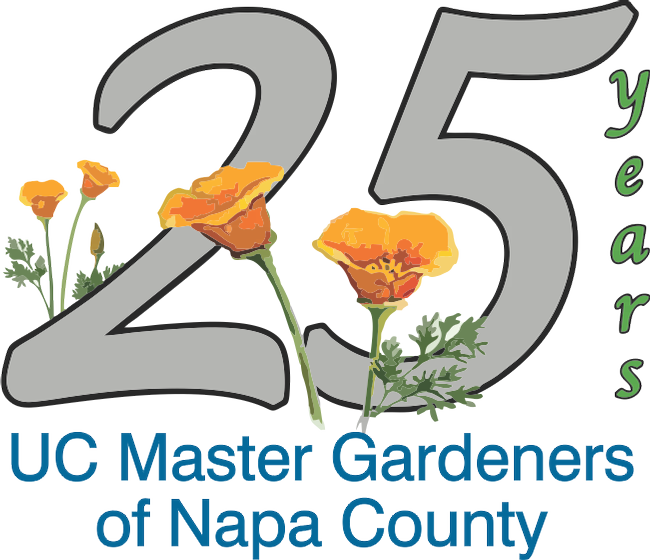Natural Resources Conservation Service (NRCS) biologist, Jennifer Kubel, presented a webinar on August 26, 2020, on agricultural and horticultural practices that could benefit Monarch butterflies. As many of us know by now, the western population has declined drastically by more than 90% since the 1980s. What can landowners do to help? That was the key topic of the webinar. While the intended audience was mostly agricultural producers that operate on much larger scales than horticulturalists and hobby gardeners, many of the conservation practices are applicable even at small scales.

She also discussed direct and indirect pesticide impacts on Monarchs. The current generation of extensively used insecticides, called neo-nicotineoids (or “neonics”), have been detected in plant tissues at concentrations that can impact feeding larvae and contribute to their already high mortality rates (https://www.frontiersin.org/articles/10.3389/fevo.2020.00162/full ).
Neonics degrade only slowly, with a half-life of up to 280 days in soil (https://www.researchgate.net/figure/Half-life-in-Soil-of-Neonicotinoids_tbl1_233795128).
An example of indirect pesticide application impacts is that of applying broad-spectrum weed killers that milkweed species are particularly sensitive to (e.g. Roundup).
Jennifer also listed the native California milkweed species and their bloom times. Asclepias californica and A. cordifolia are early-blooming species, unlike the more commercially available species of showy and narrow-leaf milkweeds that bloom mid- to late-season. Asclepias cordifolia and A. eriocarpa are extremely tolerant of dry, rocky terrain and can survive the dry season without irrigation just fine. The Xerces Society has a milkweed seed-finder on their website, in case you want to create your own milkweed patch in your back yard or get one established in your sidewalk strip, instead of that thirsty Dichondra lawn (https://www.xerces.org/milkweed/milkweed-seed-finder).
Master Gardeners are following recommended social distancing guidelines that keep everyone safe, Napa Master Gardeners are available to answer garden questions by email: mastergardeners@countyofnapa.org. or phone at 707-253-4143. Volunteers will get back to you after they research answers to your questions.
Visit our website: napamg.ucanr.edu to find answers to all of your horticultural questions.
Photo credits: Courtesy of Idaho Dept. of Fish and Game
